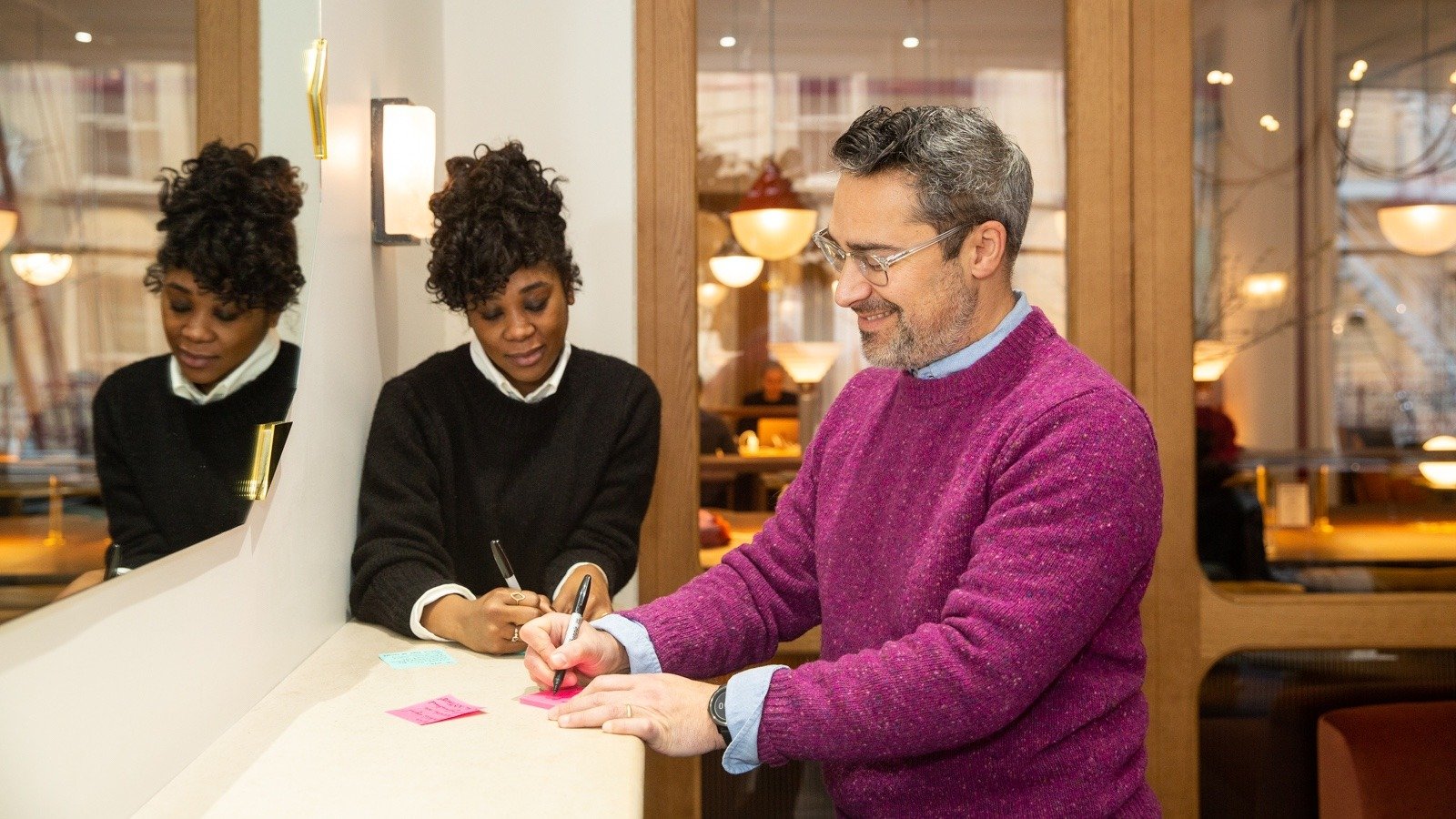Published April 11, 2022 | Updated May 12, 2022 | 3 minute read
As March, Q2, and winter come to a close, there's a sudden perceived and real pressure to take action. Deadlines that once felt far off, suddenly feel near and urgent. As this instinct to "just do the work" kicks in, it can be easy to forget the essential, emotional connection that's essential for teams to thrive.
Humans are social creatures, with a fundamental need for emotional connection. Relationships are not far behind food and oxygen in our hierarchy of needs.
Yet in the workplace, where so many of us spend much of our waking lives, we are often expected to sideline this need whenever it doesn’t align directly with the work at hand.
This expectation is common, but counterproductive. Deprioritizing employees’ social and emotional needs often results in lower performance. We get worn down by endless meetings, screen fatigue, and ever-mounting expectations. Without the opportunity to make meaningful connections with each other, our capacity for efficiency, creativity and productivity takes a big hit.
This is why creating space to build emotional connection among employees is one of the best investments a company can make, especially in a hybrid work environment.
I recently read Christopher Littlefield’s book on remote teambuilding where he shares the 1:6 rule. For every 60 minutes of meetings, 10 minutes should be spent on relationship building. This may feel like a luxury, especially when deadlines loom and workloads mount – but these are the times when emotional connection is more important than ever.
By creating space for connection, even virtually, you can actually increase the pace and quality of work.
I recently worked with a team on a major multi-day project. We had a LOT to accomplish in 2 days. And even I was questioning if we should do a robust check-in round, play a team building game, and draw pictures of toast. Buttressed by what I read in Littlefield's book I held to these activities and spent 90 minutes of the first day bonding as a team and using games to explore and practice new ways of working together.
After that 1.5 hour session, we got down to work. The team was able to produce in a few hours what otherwise might have taken days or weeks to complete. They were aligned, in flow, and had built trust with each other. For a group that didn’t normally work together, this was an astonishingly effective way to spark collaboration, even in complex and uncertain areas. We spent almost as much time on the warmup as the work!
By offering practices of connection, leaders can help employees rejuvenate their hearts, widen their vision, and align with colleagues across geography, expertise and perspectives.
And this kind of emotional connection doesn’t just apply to big projects. In a routine meeting, a simple check-in can go a long way. At August we do a “check-in round” at the top of every meeting, where each person is invited to share their response to a simple prompt. We even maintain an internal Slack channel devoted to “Favorite Check-In Questions,” which we update regularly. Feel free to steal this idea! Setting aside time at every meeting to connect with each other has paid dividends in our alignment, collaborative efficiency, and sense of shared purpose.
Our traditional instinct to “keep it professional” at work causes employees to feel isolated and purposeless. And as they’ve made clear through the Great Resignation, they’re no longer willing to work for employers who make them feel this way.
Companies should be actively looking for new practices that help build bonds and deepen relationships within their teams. Productivity and retention will increase, as will employee job satisfaction.
Whether laughing over pet stories, reminiscing about childhood memories, or sharing our feelings around difficult world events, our need for connection is an opportunity for companies to humanize the workplace, and remind us all of what we’re truly working for.


.jpg)






